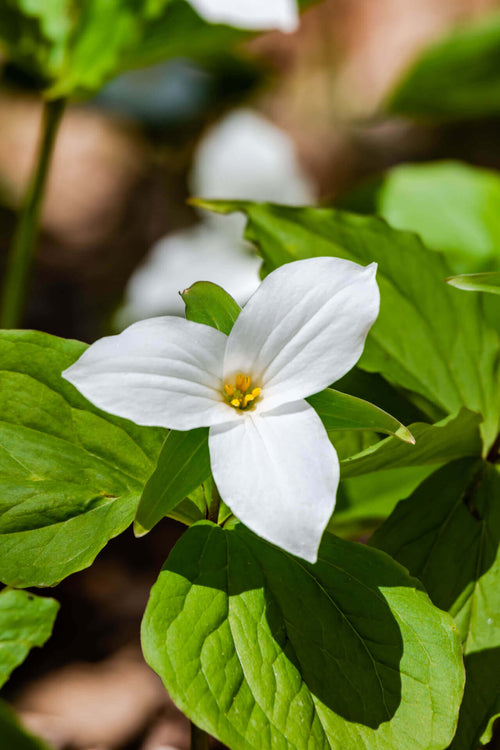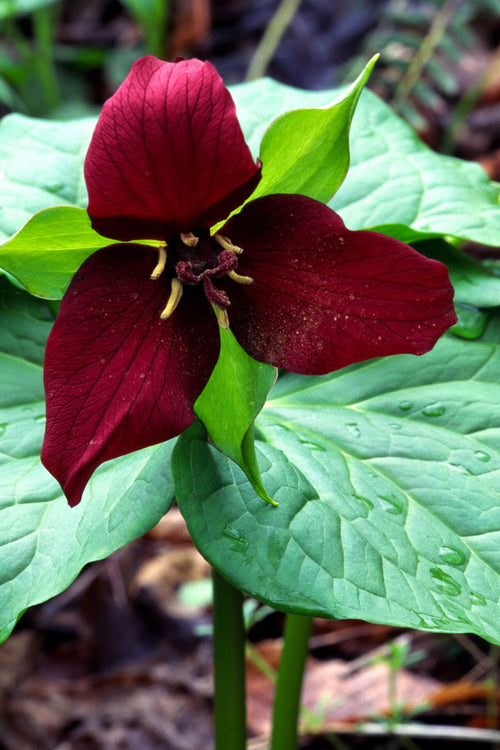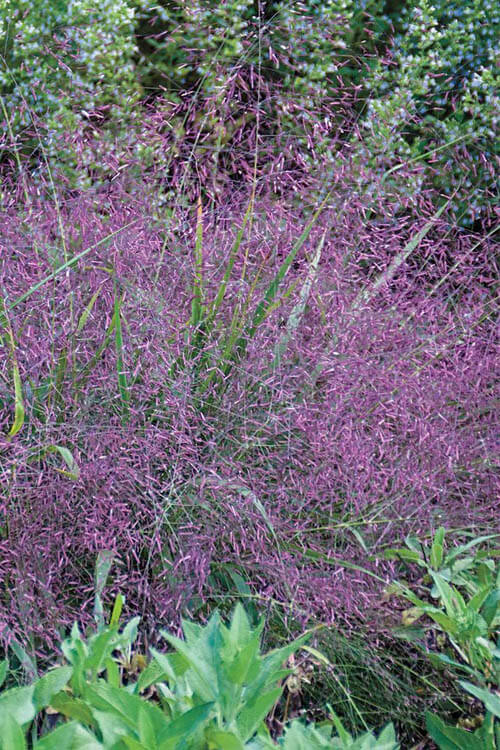Trilliums, known as wakerobin or birthroot, are delicate, perennial wildflowers native to North America and some parts of Asia. They have captured the hearts of botanists, horticulturists, and nature enthusiasts for generations. Trilliums are renowned not only for their stunning beauty but also for the numerous benefits they offer in the realm of landscaping and ecosystem conservation.
In this comprehensive exploration, we will delve into the different types of Trilliums, their diverse uses, and why they deserve a special place in landscaping practices. Trilliums, with their enchanting trio of petals, evoke nature's grace. Their delicate blooms adorn woodlands with a timeless beauty that whispers of serenity and the wonders of the wild.
The Diversity of Trilliums
Trilliums are a diverse genus, with around 40 recognized species. They are characterized by their distinct appearance, featuring three leaves, three petals, and three sepals. While all Trilliums share this basic structural framework, they exhibit a remarkable array of variations in size, color, and habitat preferences. Look at some of the most well-known species and their unique characteristics. There is no other flower with the looks of a trillium.
Trillium grandiflorum (White Trillium): This iconic species is often associated with springtime in North America. It boasts large, pure white flowers and carpeting forest floors in the eastern United States and parts of Canada. White Trillium is cherished for its elegant simplicity and ability to create enchanting, ethereal woodland scenes.
Trillium erectum (Red Trillium): As the name suggests, the Red Trillium is known for its deep maroon to crimson flowers. It prefers shady, moist woodlands and is a favorite of pollinators, including flies and beetles. The red coloration of its petals and its distinctive odor attract these insects.
Trillium ovatum (Western Trillium): Native to the western United States and Canada, the Western Trillium displays white to pale pink flowers and is often found in coniferous forests. This species brings an elegant touch to both natural and cultivated habitats.
Trillium chloropetalum (Giant White Wakerobin): This California native stands out for its large, showy white or pale pink flowers with mottled petals. Its striking appearance makes it a desirable choice for ornamental gardens.
Trillium cuneatum (Sweet Betsy): Found in the southeastern United States, the Sweet Betsy Trillium is known for its unique mottled leaves and attractive maroon flowers. It is a popular landscaping choice due to its adaptability to various soil types and low maintenance requirements.
Trilliums Are A Extremely Beneficial Plant
Benefits of Incorporating Trilliums in Landscaping Now that we've explored the diversity of Trillium species let's delve into the compelling reasons for including them in your landscaping projects.
Aesthetic Appeal: Trilliums are renowned for their exquisite beauty and unique floral structures. They lend an air of enchantment and sophistication to any landscape, providing a touch of natural elegance that is hard to replicate with other plants. Their various colors and forms allow for creative design possibilities, making them an ideal choice for gardens, woodland settings, and even urban green spaces.
Native Plant Conservation: Using native plants in landscaping is essential for preserving regional biodiversity and supporting local ecosystems. Trilliums, native to North America and Asia, are crucial in maintaining the delicate balance of local flora and fauna. By incorporating Trilliums, you contribute to conserving these precious native species.
Wildlife Habitat: Trilliums provide essential resources for wildlife. Their nectar-rich flowers attract pollinators such as bees, butterflies, and flies, promoting biodiversity. Furthermore, the seeds and berries of some Trillium species are a source of food for various wildlife, including birds and small mammals.
Low Maintenance: Trilliums are generally low-maintenance plants. Once established, they require minimal care, making them an excellent choice for novice and experienced gardeners. Their ability to thrive in shaded areas reduces the need for excessive watering and maintenance.
Soil Stabilization: The root systems of Trilliums are effective at stabilizing soil. Their presence can help prevent soil erosion, making them a valuable addition to landscapes on sloping terrain or near water bodies.
Educational Value: Trilliums offer an excellent opportunity for educational outreach. Their unique characteristics, including their three-petaled flowers, make them a valuable teaching tool for botany and ecology enthusiasts of all ages. Incorporating Trilliums into educational gardens can foster an appreciation for native plants and their role in the environment.
Medicinal and Cultural Significance: Trilliums have a rich history of medicinal and cultural use among Indigenous peoples. While these uses should be approached with caution and respect for traditional knowledge, Trilliums' historical significance adds depth and cultural value to their landscape presence.
While Trilliums offer numerous benefits in landscaping, it's essential to consider some challenges and best practices when incorporating them into your outdoor spaces: Habitat Preservation: When sourcing Trilliums for landscaping, it's crucial to ensure they are sustainably harvested or propagated from reputable sources. Wild populations should not be depleted for landscaping, as this can harm native ecosystems.
Planting Location: Different Trillium species have varying habitat preferences, so it's essential to choose the suitable species for your landscape's conditions. Consider factors like soil type, moisture levels, and sunlight availability when deciding where to plant Trilliums.
Companion Plants: Trilliums often grow with other native plants in their natural habitats. To create a balanced and harmonious landscape, consider planting Trilliums alongside other native species with similar ecological requirements.
Protection from Herbivores: Trilliums can be vulnerable to herbivores like deer and slugs. Implementing strategies such as fencing or natural repellents may be necessary to protect your Trilliums from these potential threats.
The Enchanting Beauty of Trillium
Trilliums, with their striking beauty and numerous ecological benefits, deserve a special place in landscaping practices. Their rich diversity of species, aesthetic appeal, native plant conservation value, and low maintenance requirements make them an attractive choice for gardens, parks, and urban green spaces. By incorporating Trilliums into your landscape design, you not only enhance its visual appeal but also contribute to the preservation of native ecosystems and the well-being of local wildlife. As environmental stewards, it is our responsibility to appreciate and protect natural treasures, ensuring future generations can enjoy Trilliums in the landscape.




















































